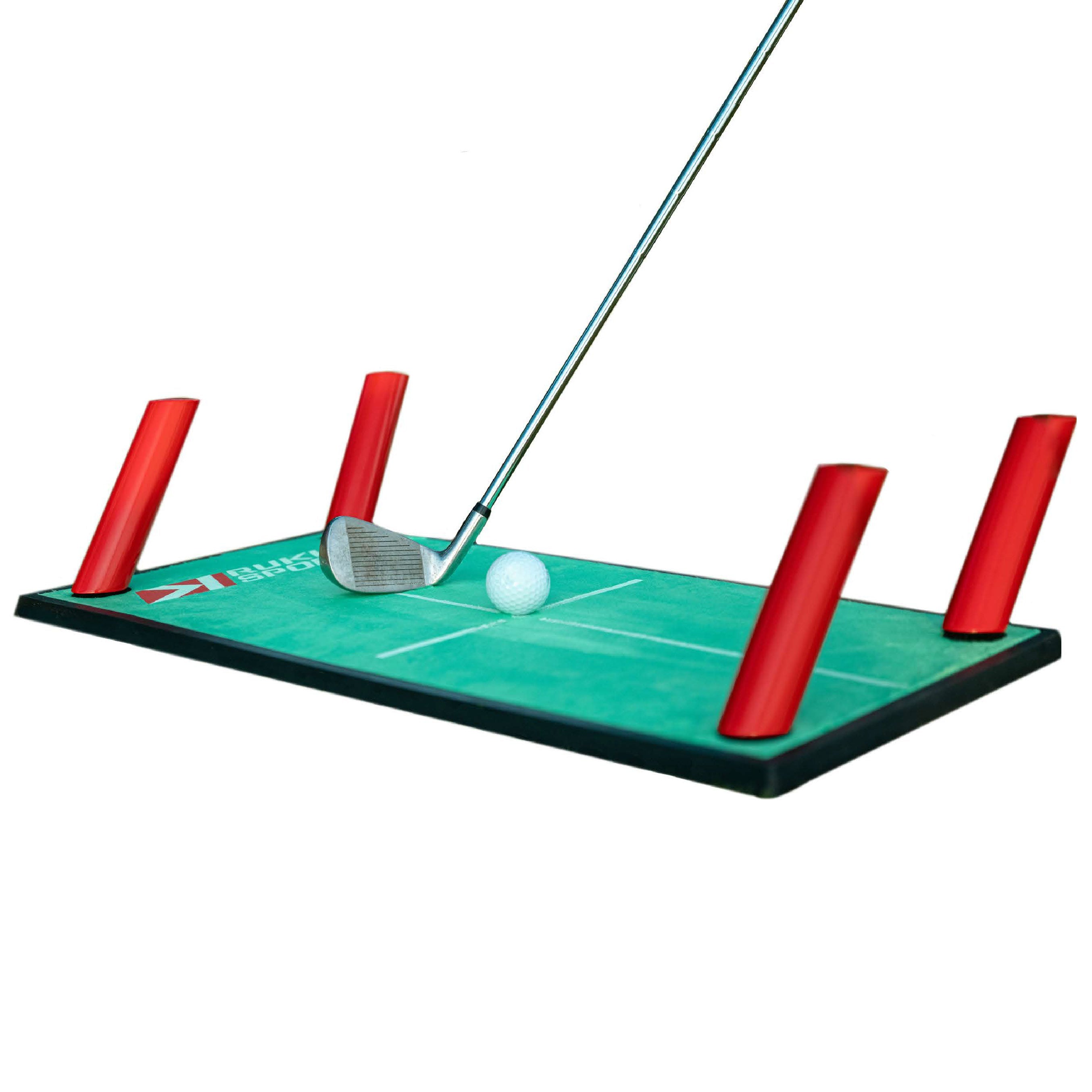Hayden Springer, who came to Bermuda at No. 125 in the FedEx Cup, shot a 6-under 65 for a share of the lead at the Butterfield Bermuda Championship.
Always tee up the golf ball on the side of trouble. Here’s why

Grayson Zacker, Director of Instruction for Jim McLean Golf Schools, explains why teeing it up on the side of trouble is the best strategy.
The post Always tee up the golf ball on the side of trouble. Here’s why appeared first on Golf.
Grayson Zacker, Director of Instruction for Jim McLean Golf Schools, explains why teeing it up on the side of trouble is the best strategy.
The post Always tee up the golf ball on the side of trouble. Here’s why appeared first on Golf.
It’s a common theme for amateur players to tee up the golf ball as far away from danger as possible. And on paper, it makes plenty of sense.
We grow up learning to avoid touching the hot stove (so we stay far away from it). Or to cross the street if we see a group of sketchy strangers coming our way (because we think it’s dangerous).
But golf isn’t always like the real world, as it has funny intricacies that make the game unique.
So while we think we’re helping ourselves by teeing up the golf ball away from danger like water or bunkers, Grayson Zacker — the Director of Instruction for Jim McLean Golf Schools — argues that teeing up a golf ball on the side of danger is actually the smartest strategy. Below, he explains some of his reasons why.
Try teeing up a golf ball on the side of danger
“On the golf course, we’re faced with a lot of decisions,” Zacker says. “We wonder about what club to use, where we need to aim, whether we should lay up or go for it. These are called ‘course management’ decisions.
“Making good decisions can make the game a lot easier and, ultimately, lead to lower scores.”
One piece of course management that Zacker says amateurs often overlook is where they should be teeing up a golf ball. That’s because, due to the severe penalties for either going out of bounds or landing in water, players smartly avoid these areas as much as possible.
Problem is, teeing the ball on the other side of the tee box isn’t the way to go, with Zacker saying the smarter decision is to instead go on the side of danger.
“Sure, it sounds counterintuitive, but by starting closer to the trouble, you can aim your shot towards a target on an angle working away from the hazard,” he argues.
Since amateurs don’t have the ball-striking ability or shot shaping that scratch or pro golfers do, Zacker says teeing up on the side of danger allows for more forgiveness, offering some breathing room even if a shot is mishit.
“Teeing up on the side of danger will actually give you more room to miss,” he adds. “If you were to tee up on the opposite side of trouble, you’d have to aim back towards your target area on an angle closer to the trouble; giving you less room to miss.
“Golf is a game of misses. The person who ‘misses the best’ usually ends up with the lower score.”
So give yourself more room to miss by taking advantage of subtle angles from the tee box, and try hitting from the side of danger next round!
Rukket Sports Pathfinder Impact Mat
$69.99
 was designed with input from professional golfers and golf teachers to help players of all abilities improve their game. The strike mat tracks club face alignment and helps ensure clean contact with the ball while the foam pylons can be used to keep your swing on plane. Use all four pylons to practice hitting straighter shots or remove pylons to practice hitting draw or fade shots. It’s the most versatile golf swing practice mat available and works with every club in your bag!
was designed with input from professional golfers and golf teachers to help players of all abilities improve their game. The strike mat tracks club face alignment and helps ensure clean contact with the ball while the foam pylons can be used to keep your swing on plane. Use all four pylons to practice hitting straighter shots or remove pylons to practice hitting draw or fade shots. It’s the most versatile golf swing practice mat available and works with every club in your bag!Features 2-in-1 golf swing training mat combining the features of an impact mat / strike mat and a swing path trainer to help golfers quickly identify and correct common swing problems like hooks and slices.
It’s a golf swing impact / strike mat to help identify and correct club face alignment. Use the “velvet” turf to ensure you’re making clean contact with the ball.
It’s also a golf swing training aid to help with swing plane alignment. Use it to fix a slice or a hook, and to practice hitting draw and fade shots. What’s in the Box (1) Rukket Pathfinder Impact Mat

(4) Foam Pylons
(1) Instruction Booklet Product Specs
25in x 13in x 0.8in
RUKKET FAIR PLAY GUARANTEE & LIFETIME WARRANTY: At Rukket Sports we know you came to win. We also understand that in order to win you need to train hard, so that’s why we’re proud to offer the Rukket Fair Play Guarantee & Lifetime Warranty for no-risk purchasing plus outstanding USA-based customer service!
View Product
The post Always tee up the golf ball on the side of trouble. Here’s why appeared first on Golf.


